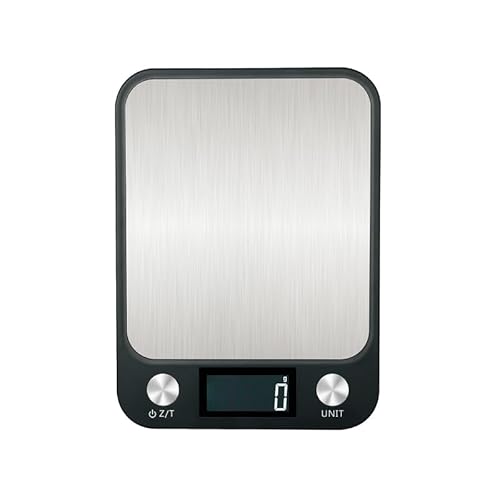It's not clear to me whether you are still struggling with soap scum even after adding citric acid, or if you haven't tried it yet. It normally is fairly effective for reducing soap scum, but if you have hard water, you may need to use sodium gluconate or EDTA, or both.
As a new soaper, it is best to start with smaller recipes - 500 to 900g - and less ingredients, especially beginner-unfriendly ingredients like lauric acid, stearic acid, and beeswax. These are not necessary for making a nice bar of soap. They also add a lot of complexity to the process, because they trace almost immediately when you pour in the lye solution.
If you want more stearic acid in your recipe, increase the shea butter, or add some cocoa butter, tallow, or lard.
If you want more lauric acid, simply increase the coconut oil. Just remember that a high or even medium cleansing number is not usually a good thing. The higher the cleansing number, the more drying the bar will be to the skin. Soaps with lower cleansing numbers will still get you clean without stripping the skin's natural oils.
It is not clear to me why you are melting some fats to one temperature, and other fats to another temperature. That is another unnecessary complication. Just heat the solid fats to 160ºF (to prevent stearic spots), then add in the room temperature liquid fats to help the mix cool down a bit. That's assuming you are doing CP; if this will be HP, then obviously no cool-down will be needed.
Do not use both salt and sodium lactate. You only need one or the other to help the bar harden (which isn't needed if you still planned to use beeswax and stearic - which hopefully you won't do). More importantly, you don't want to add too many different forms of salt to your recipe, as that can cause problems. As written, the recipe would have salt, sodium lactate, and sodium citrate.
The numbers in the calculator are not the be-all and end-all of any recipe, because the calculator only takes into account the fatty acids, and not any additives. For instance, the extra bubbles and nice lather from using sorbitol in your recipe will not be reflected in the "Bubbly Lather" number at all.
With all that, using the oils you listed, I would rework the recipe as follows:
25% olive oil
20% coconut oil
20% palm oil
20% shea butter
10% grapeseed oil
5% castor oil
For CP, try a 33% lye concentration with no extra liquids, and a 3% SF (lowering it will help reduce soap scum). Be sure to account for the extra lye used by the citric acid. Also, dissolve the citric acid and the sorbitol in the batch water, before adding the lye to it. There is no need to add additional glycerin, as glycerin is a natural byproduct of saponification. I'd also skip the vitamin E, since the benefits aren't likely to survive the lye or the heat of saponification. ROE is helpful to prevent rancidity, but the usage rate is extremely low. I prefer to add it to each container of oil/fat when it is opened, and not at the time of making soap.
The Instagram pics of oat flakes on top of soaps are pretty, but unrealistic. Make sure your oats are very finely ground, or they will go moldy and also clog your shower drain.
I don't mean to discourage you by writing all of this out. I do want to encourage you to step back and start with the basics. You can make very nice soap without adding all these ingredients and taking extra steps that don't add anything to the final product. I hope you will give it a try with a simpler, smaller recipe that won't be as expensive or frustrating as the original idea listed in your post.

























![[Latest] 21 Pack Dried Flowers for Candle Making, 100% Natural Dried Herbs Kit for Soap Making, Bath, Resin Jewelry Making, Bulk Dried Flowers Include Lavender, Rose Petals, Rosebuds, Leaves, Lemon.](https://m.media-amazon.com/images/I/61rGf9Frw4L._SL500_.jpg)


















